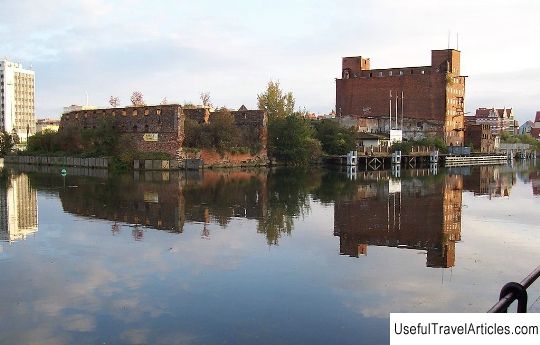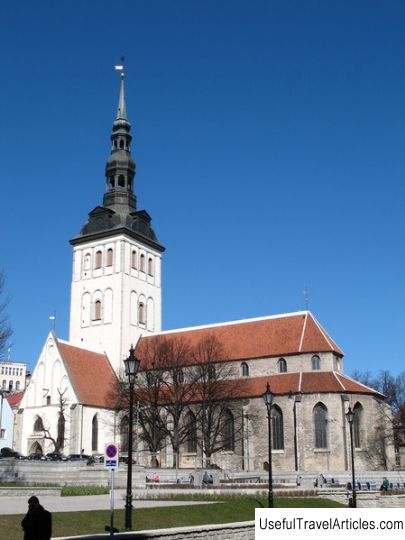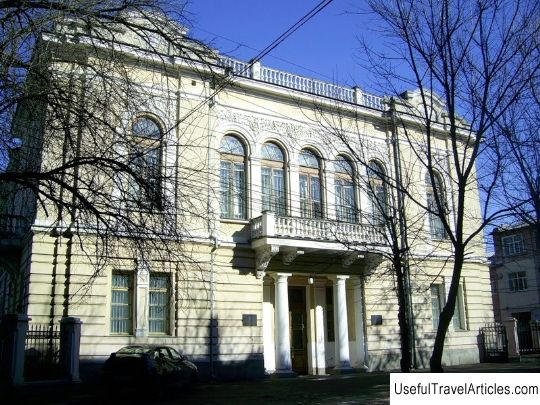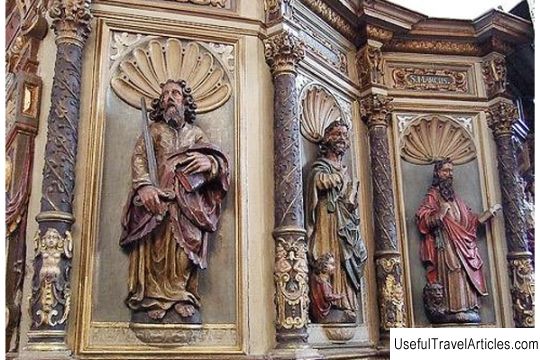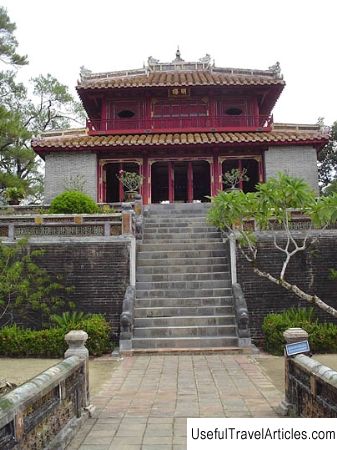St. Olav's Church (Oleviste kirik) description and photos - Estonia: Tallinn
Rating: 7,8/10 (1049 votes) 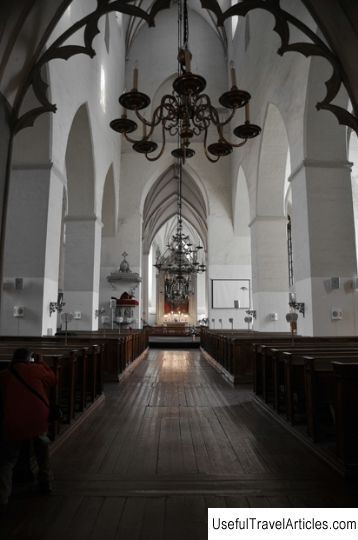
St. Olav's Church (Oleviste kirik) description and photos - Estonia: Tallinn. Detailed information about the attraction. Description, photographs and a map showing the nearest significant objects. The name in English is Oleviste kirik. Photo and descriptionThe Church of St. Olav, or as the locals call it - Olaviste, was the tallest structure (159 meters) in Europe until 1625. Even now, its spire can be seen from some outskirts of Tallinn. Now the height of the building is 127.3 meters. The first mention of the church dates back to 1267, however, the building that we see now was built in the 15th century. There are many legends about the name of the church of Oleviste. According to one of them, in ancient times, the townspeople were concerned that the city was small, it was developing slowly, and merchant ships rarely came here. They kept thinking about how to glorify their city. And then one day someone came up with the idea that it was necessary to build such a tall church that would be visible from the sea for many kilometers. In this case, passing ships would be guided by her, entered the city and brought goods. The idea, of course, was good, but where to find a master who would take on such a difficult job? Soon a stranger appeared in the city, tall and strong. He then offered his services in the construction of the tallest building in Europe. Tallinn residents were delighted, but only the fee that the giant asked for was too high. But the stranger offered one condition - he would not take construction fees if the townspeople found out his name. The local residents, hoping that they would be able to find out his name, agreed to such conditions. The construction was coming to an end, and no one knew the name of the giant, it was only possible to find out where the stranger lived. Spies were sent to his house, and once, on the eve of the end of construction, they were lucky: the giant's wife, rocking her son, would say “Sleep, baby, go to sleep. Soon Olev will return home with a bag full of gold. ” This is how the secret was revealed. The next day, when a stranger was setting a cross on the top of the tower, one of the townspeople called out to him: "Olev, do you hear, Olev, but the cross is askew!" He, out of surprise, got scared and fell down. At the same moment, a frog jumped out of the mouth of Olyov, who had crashed to death, and a snake crawled out. So the townspeople decided that the giant was living with evil spirits. However, despite getting rid of a large payment for construction, they decided to name the church in honor of its builder Oleva. But this, of course, is only a legend. The truth is that the church was named after the Norwegian king Olav II Haraldson, who in the 11th century. brought Christianity to the country, for which he was subsequently canonized. In addition, he was also considered the patron saint of seafarers. For these reasons, he was chosen as the patron saint of the church. Throughout its history, the Oleviste church was rebuilt several times, the reason for everything was a high spire, into which lightning repeatedly hit, causing devastating fires. Yes another interesting fact that can be noted. In 1547, tightrope walkers came to Tallinn. They pulled a long rope between the Oleviste tower and the city wall and performed breathtaking stunts, thus astonishing the townspeople. The interior of the church is no less interesting. The altar and the wall are made of dolomite, the figures on it are bronze, cast and gilded in St. Petersburg. The church is decorated with an organ brought from Germany in 1842. The Church is still working today. Lutheran services are held every Sunday. It is often open for free visits. There is an observation deck at the top of the tower, which can be climbed by a steep spiral staircase. Above, there is a stunning view of the old town and port, so the effort and ticket price spent on the climb will pay off.         We also recommend reading Royal Yacht Britannia description and photos - Great Britain: Edinburgh Topic: St. Olav's Church (Oleviste kirik) description and photos - Estonia: Tallinn. |
